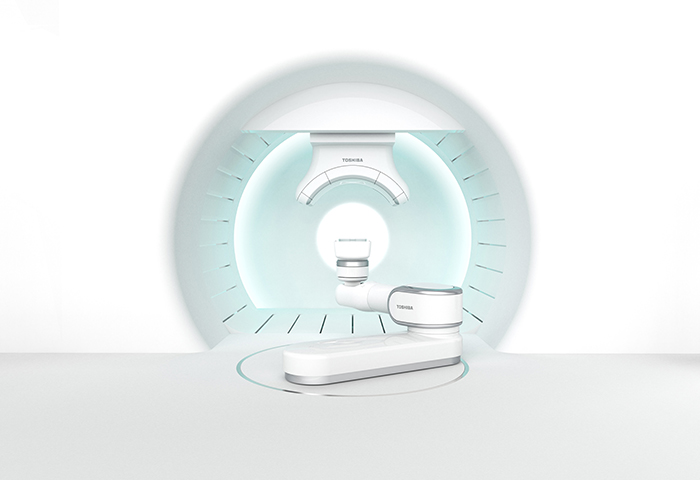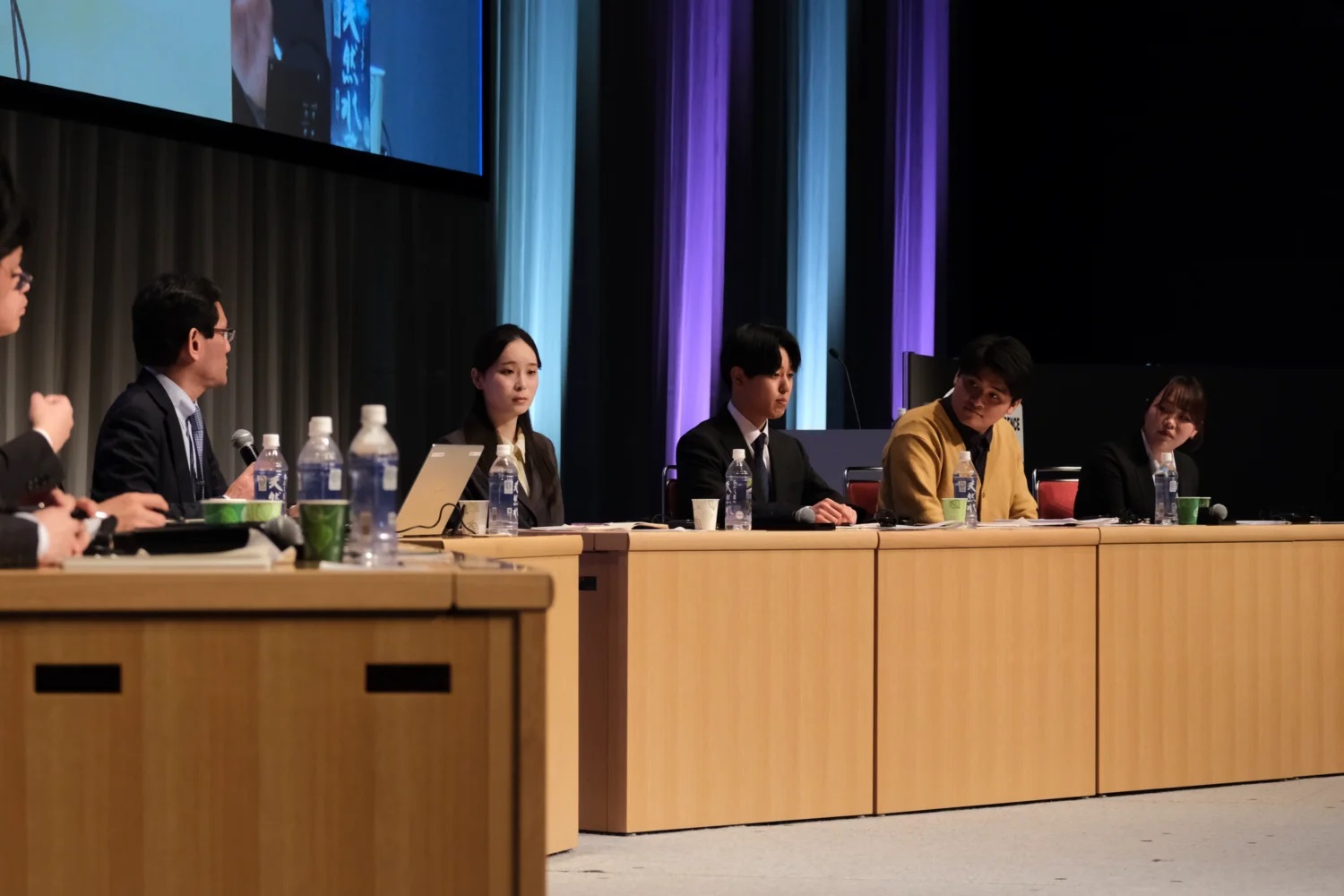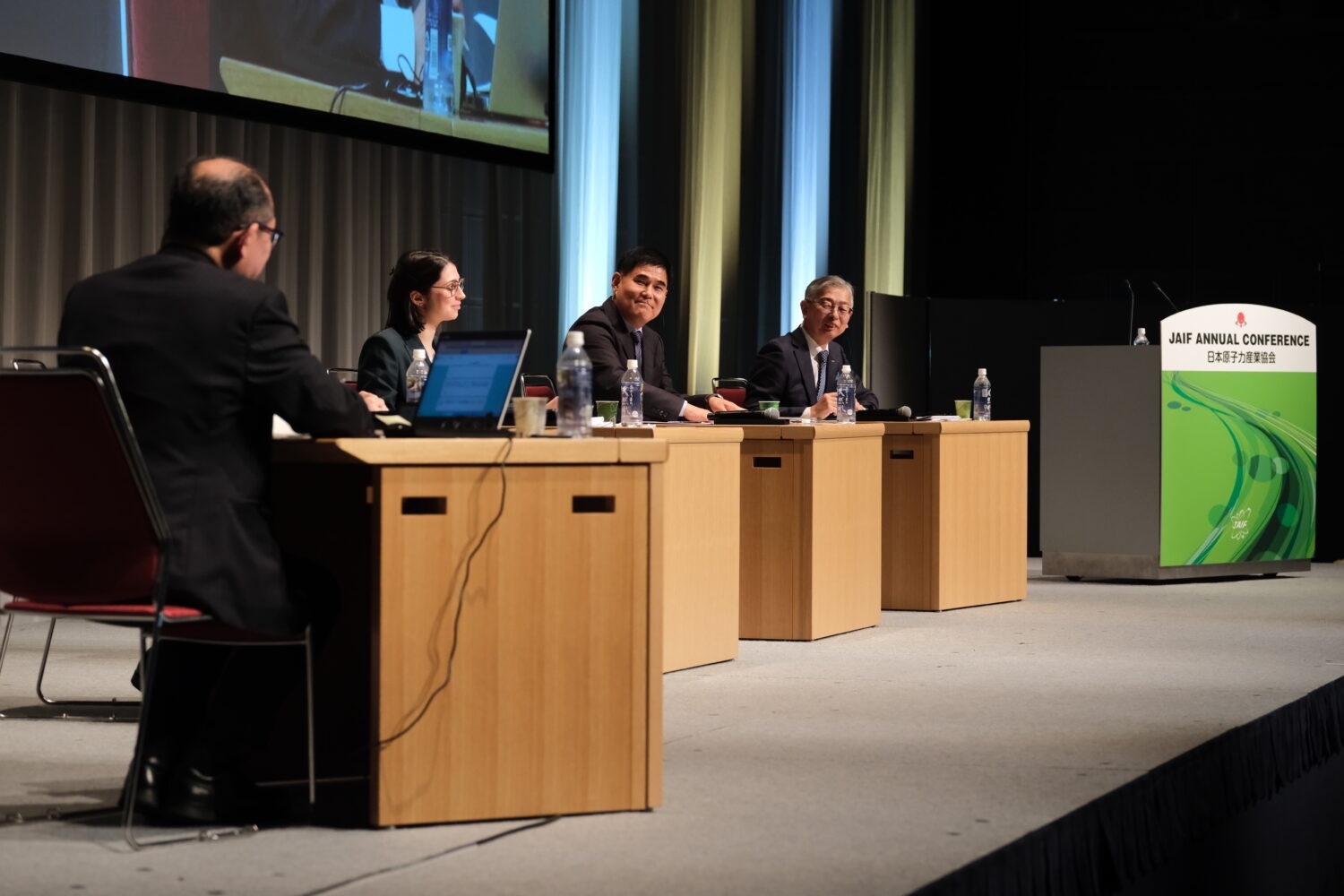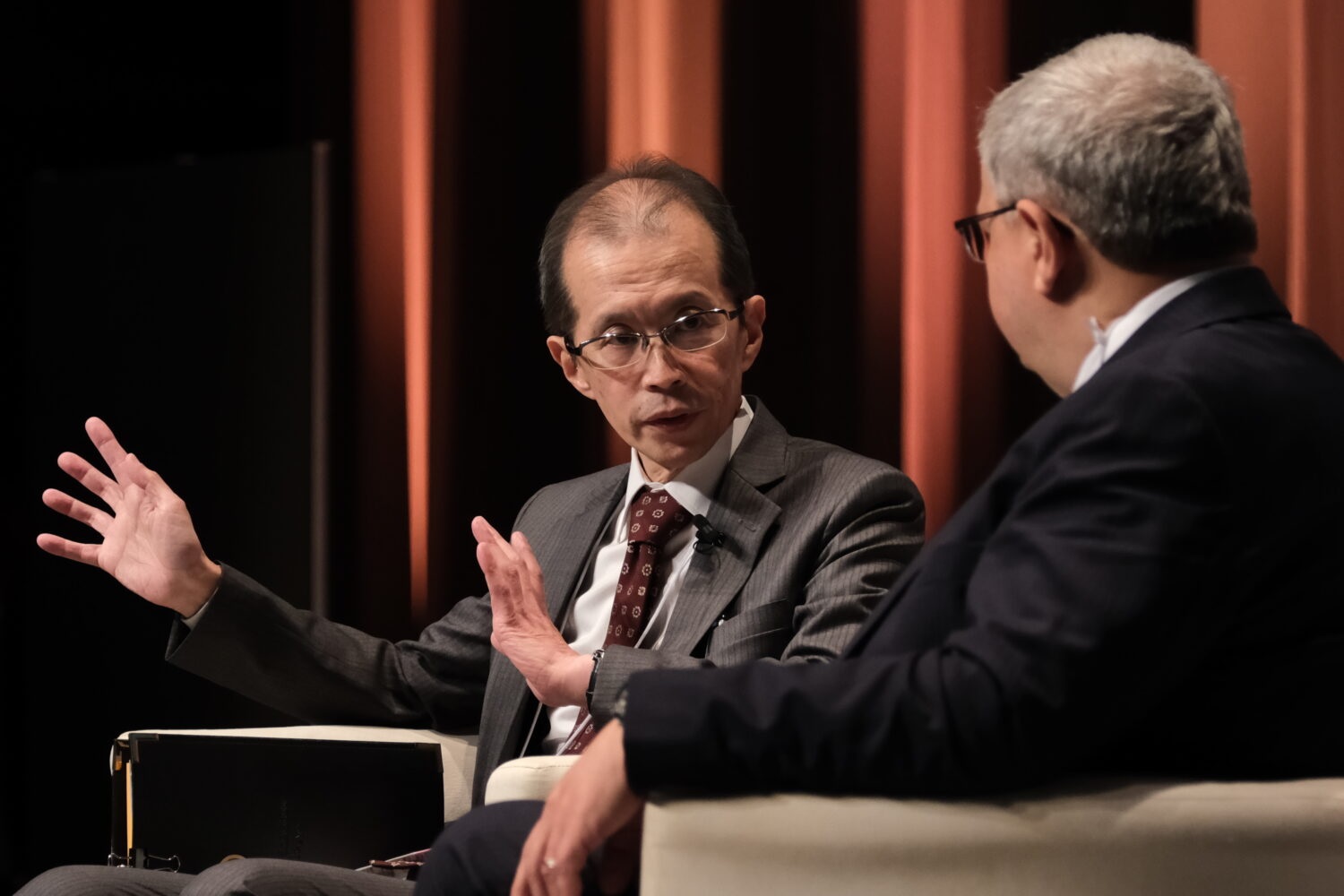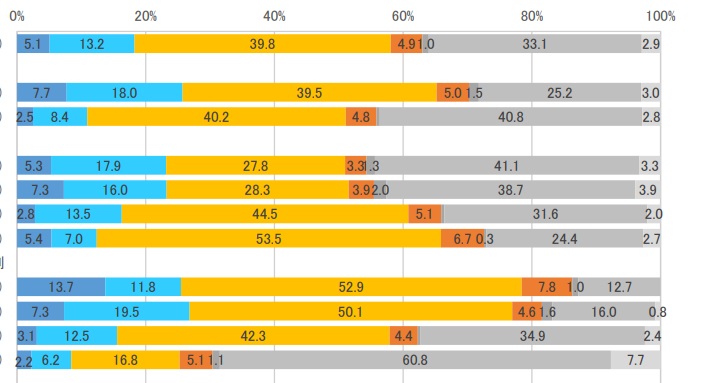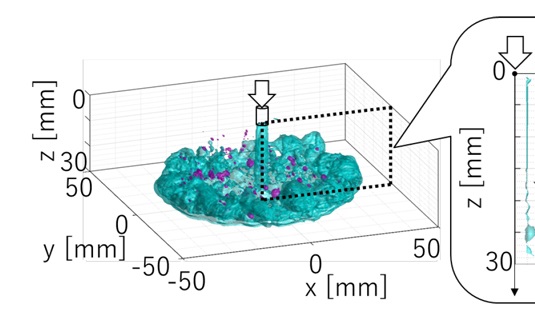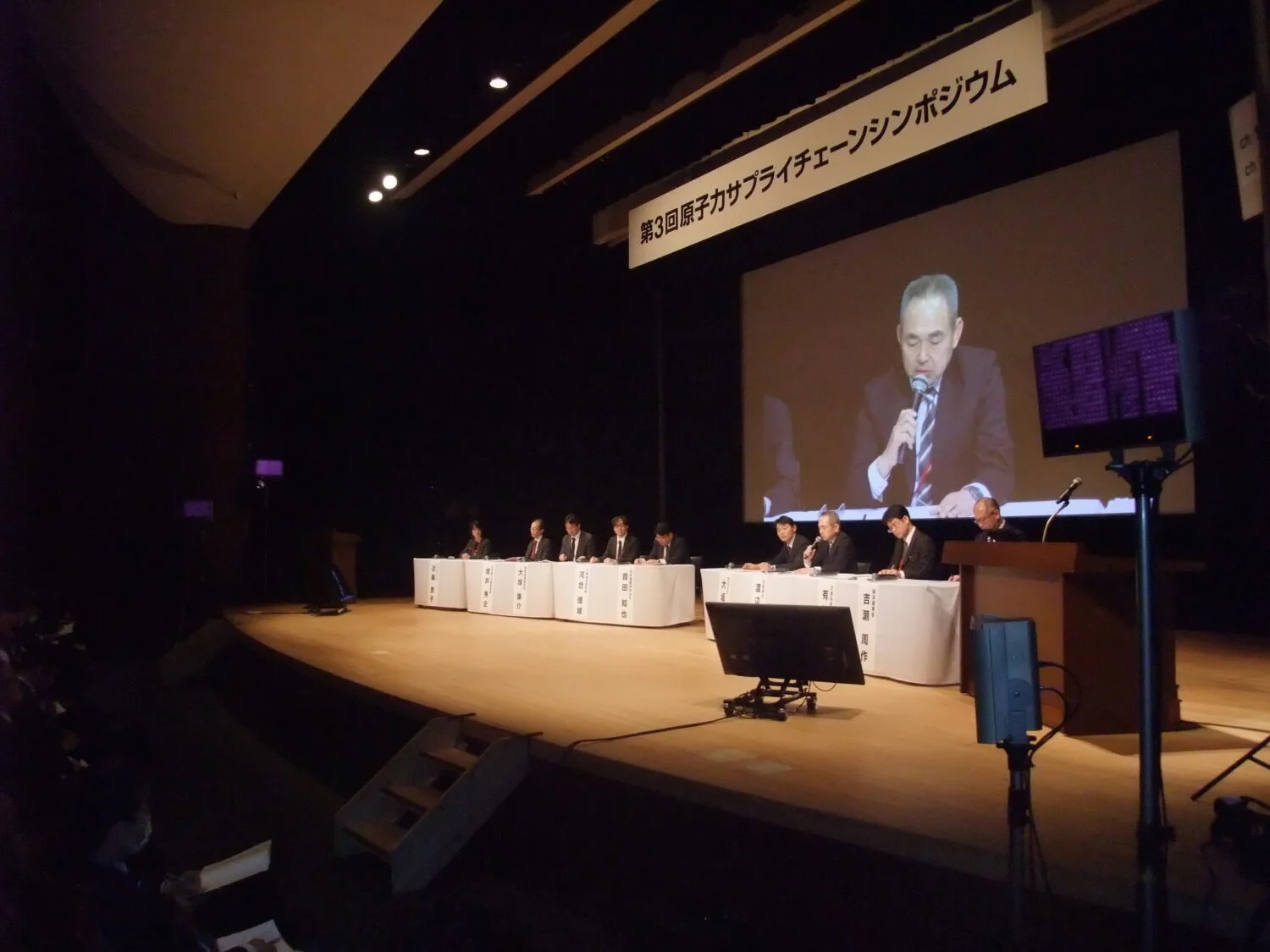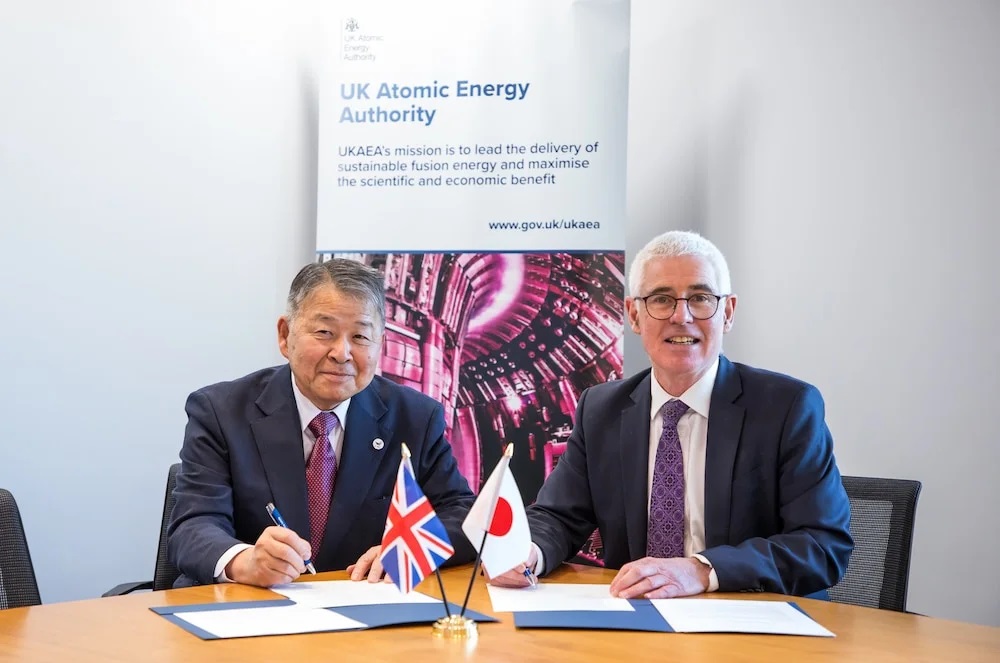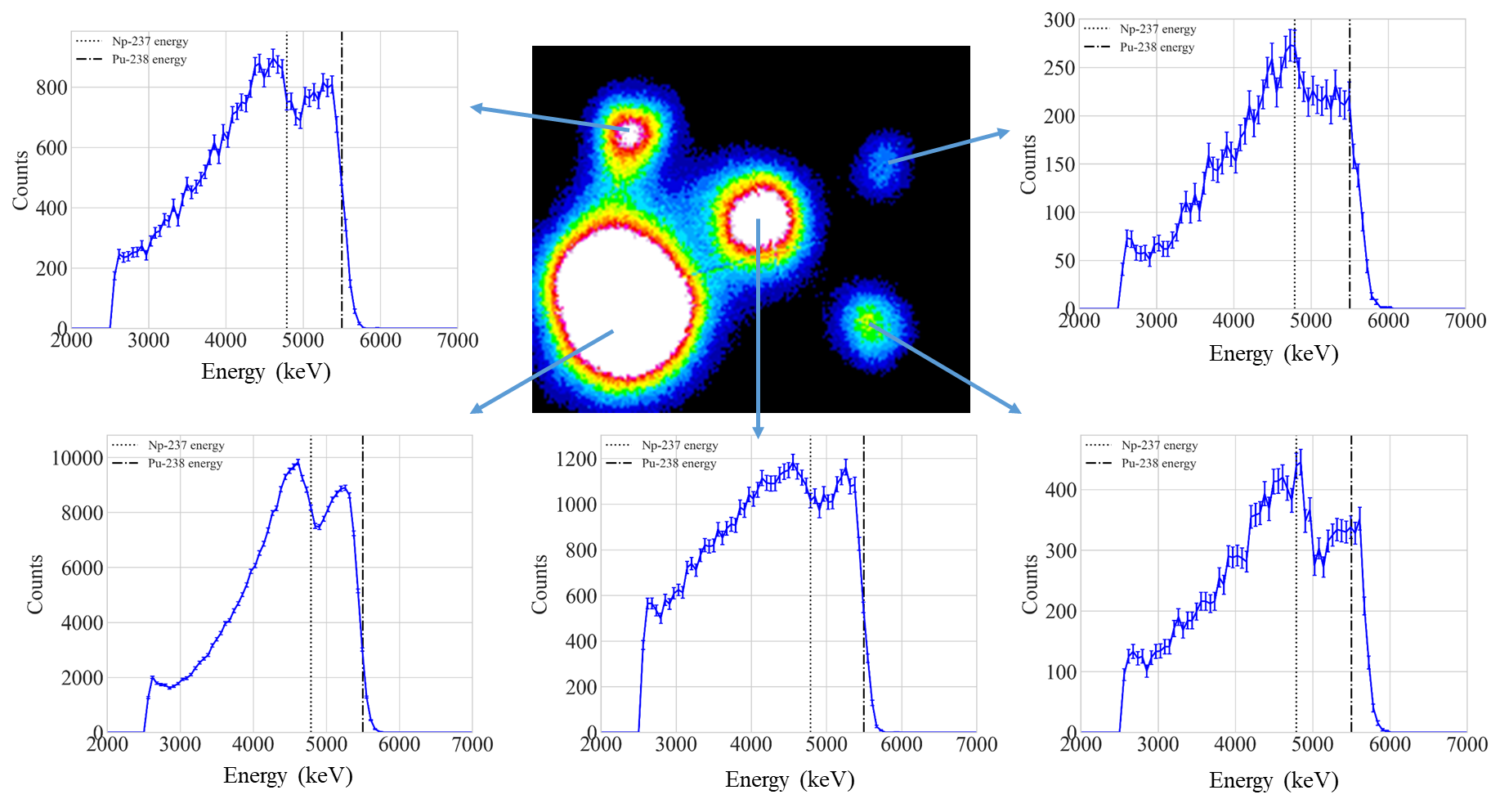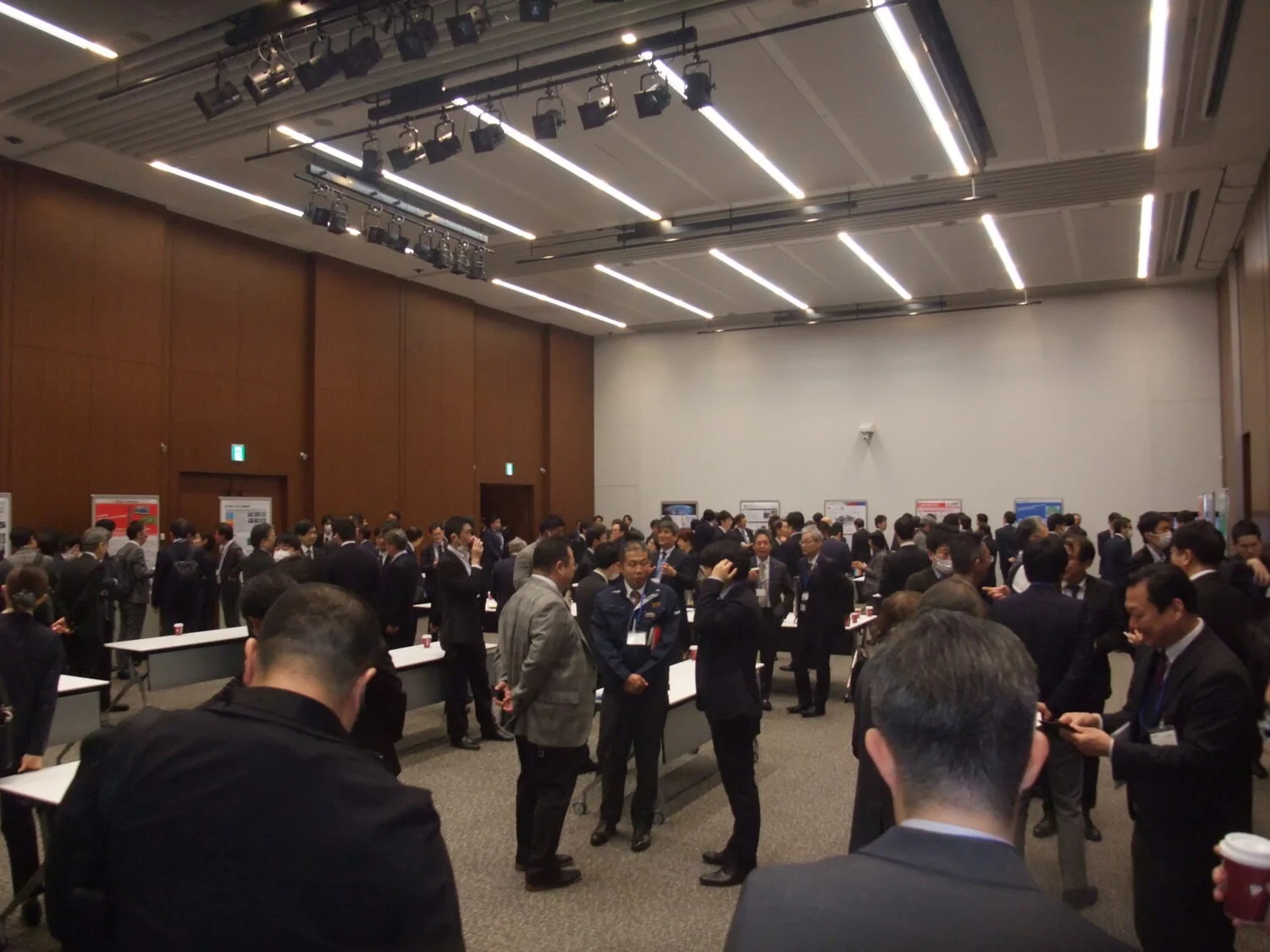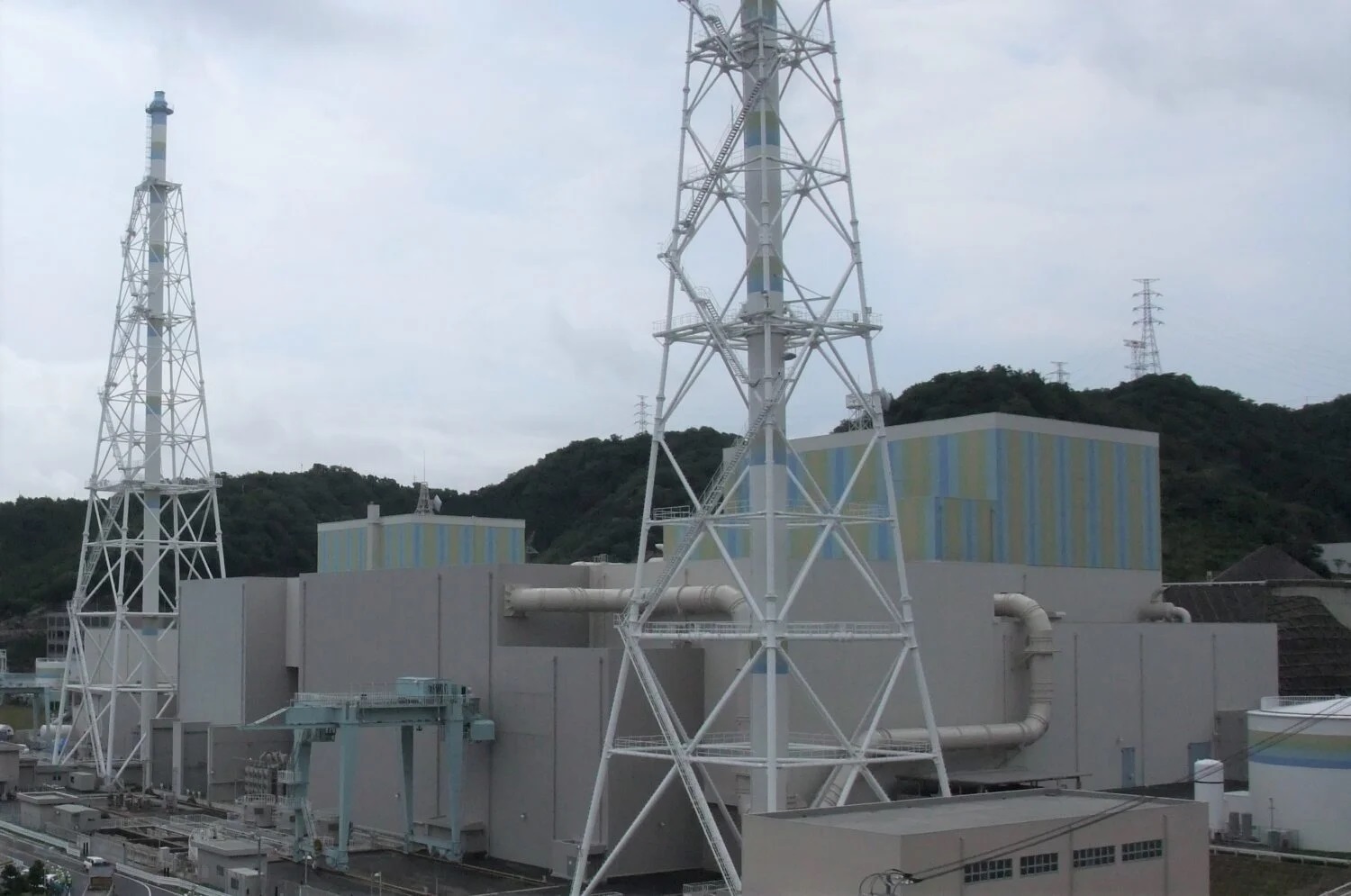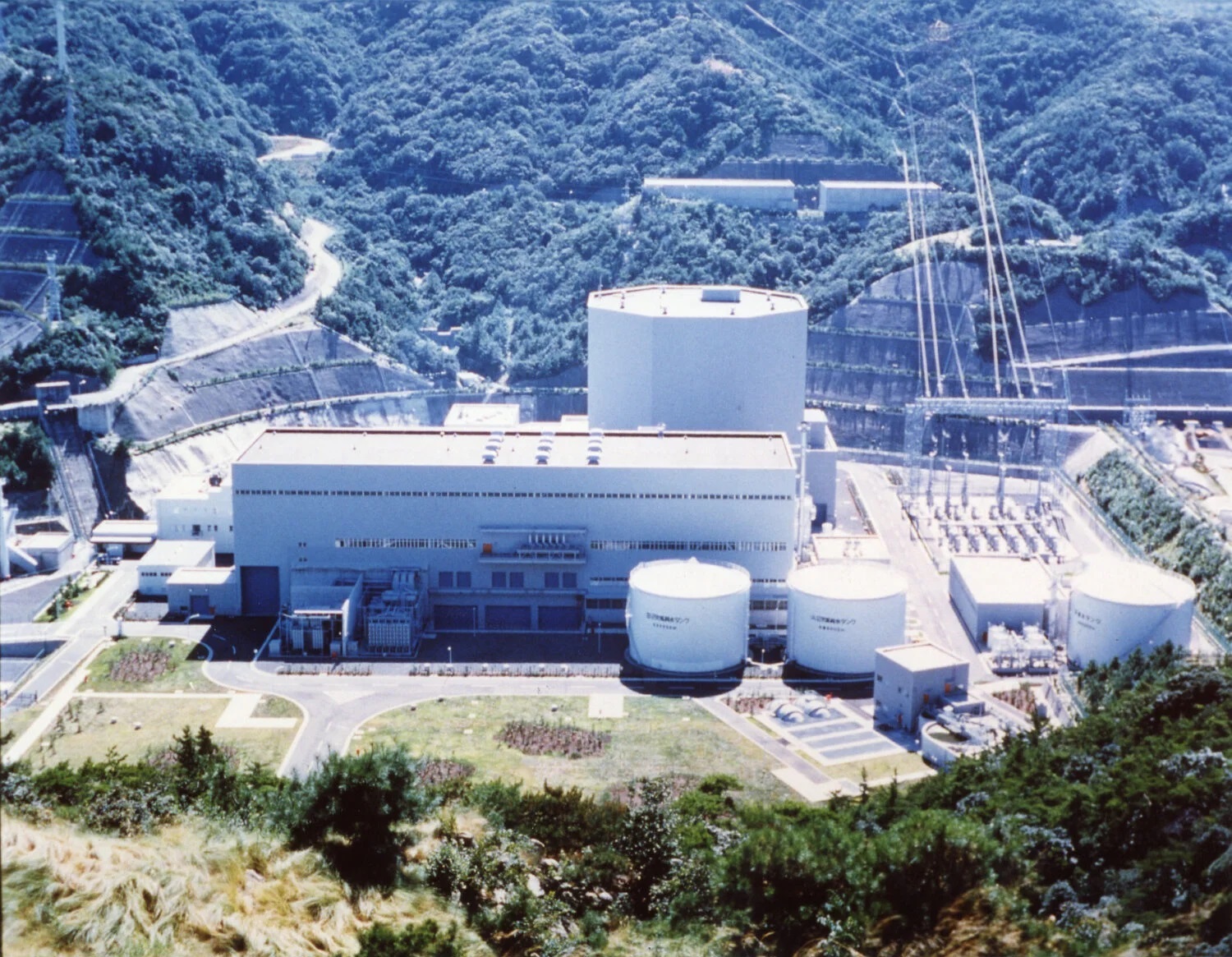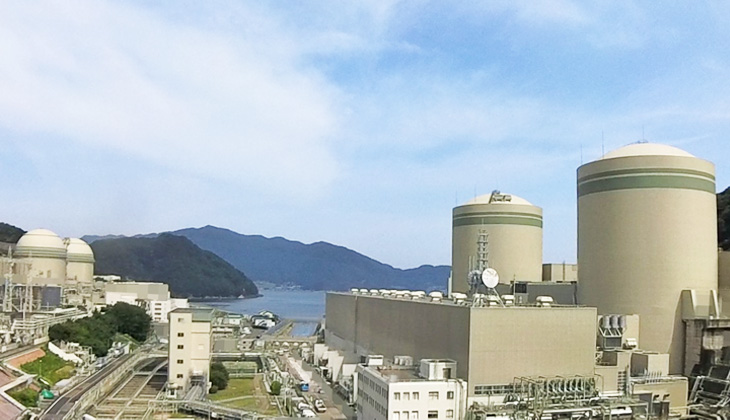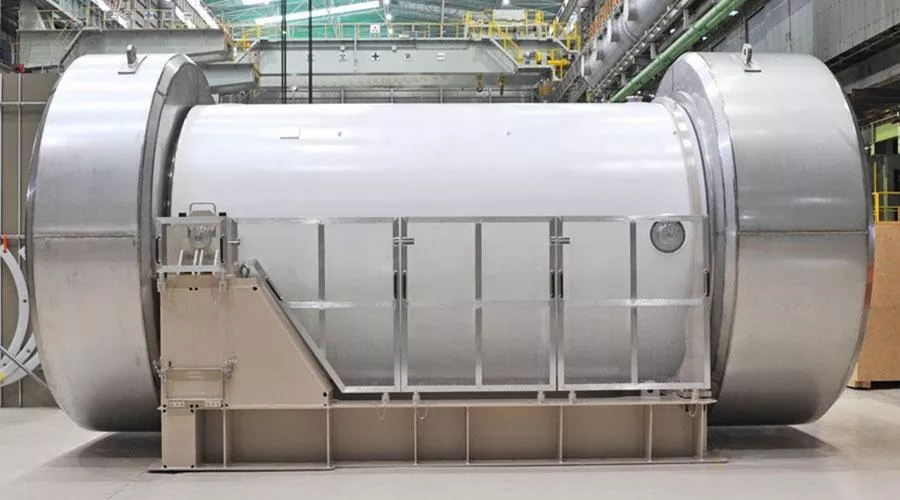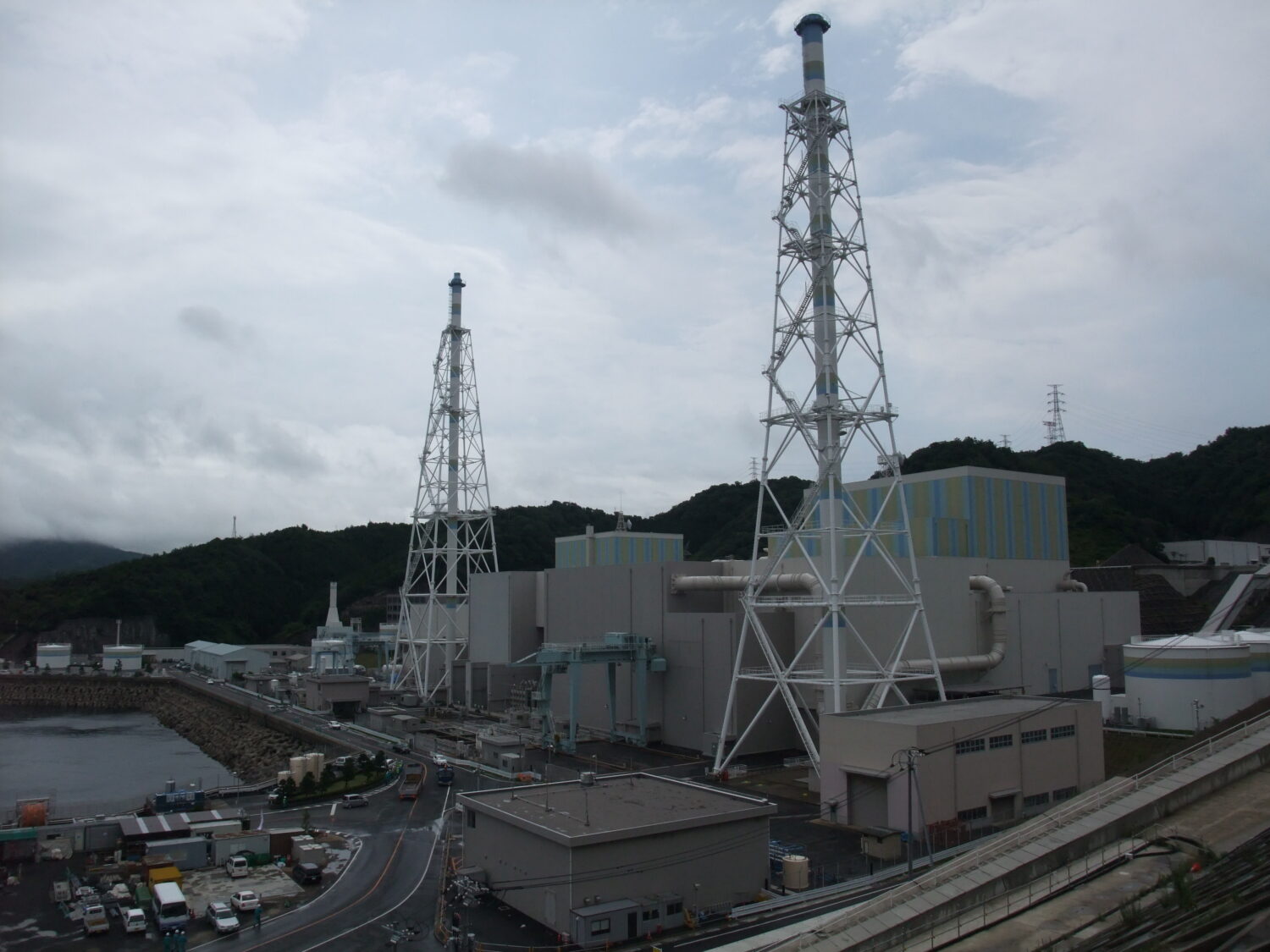Natural uranium—the source of fuel used in light-water reactors (LWRs), and currently the most common fuel for nuclear power reactors―consists of around 0.7% U-235 (which is easily fissionable) and about 99.3% U-238 (which is harder to fission). Therefore, natural uranium needs to be enriched first, in order to raise the U-235 content to 3–5%, before being processed into fuel assemblies for loading into reactors in a way that enables sustained nuclear fission.
The newly developed battery makes use of the depleted uranium produced in the process of enrichment. While nuclear fuel contains a higher percentage of U-235 than natural uranium, depleted uranium contains significantly less. It is unusable as LWR fuel, so it is also referred to as unburnable uranium.
However, the chemical properties of depleted uranium are what make it potentially useful as a recoverable resource. The uranium battery developed by JAEA will be used to control the fluctuating power outputs of renewable energies: applying nuclear chemistry technology to create synergies while using energy and resources more effectively.
Approximately 16,000 tons of depleted uranium are currently stored in Japan, with some additional 1.6 million tons in various countries worldwide. The NXR Development Center of the JAEA Nuclear Science Research Institute initiated full scale R&D based on its recognition that depleted uranium could be used as a resource.
The principle behind conventional batteries is the phenomenon known as the “redox reaction,” in which materials having different ionization tendencies exchange electrons, producing electricity in the process. Given that the so-called oxidation number of uranium (a chemical characteristic) is between three and six, it was considered promising as a material for charging and discharging.
At the beginning of the 2000s, the concept of a uranium storage battery had been advocated, but no demonstrations of its performance were reported to have taken place until the recent development.
With uranium and iron used as the active materials in the URF storage battery, the former is used for the anode and iron for the cathode, and both are capable of charging and discharging as their oxidation numbers change. In other words, changing oxidation numbers are a characteristic of both uranium and iron ions, making them suitable for the charging and discharging of storage batteries.
The single-cell voltage of the prototype uranium rechargeable battery was 1.3 volts, close to that of a typical alkaline battery (1.5 volts). It was demonstrated that an LED lamp would light up when the charged battery was connected to it.
Battery polarization, chemical phenomenon, results in voltage drop during operation. The battery was charged and discharged ten times, and the performance was found to be almost unchanged. No deposits (precipitates) were found on either electrode, suggesting the potential for stable charging and discharging.
It has been demonstrated that byproducts—previously considered unusable in the process of producing uranium fuel for nuclear power—have the potential to be utilized to enhance the efficiency of other energy sources.
The mission of the NXR Development Center, which established in April 2024, is to create new value and provide it to society. Even before the center opened, it had already launched its official website (on March 13, 2024) for the dissemination of its research outcomes.


